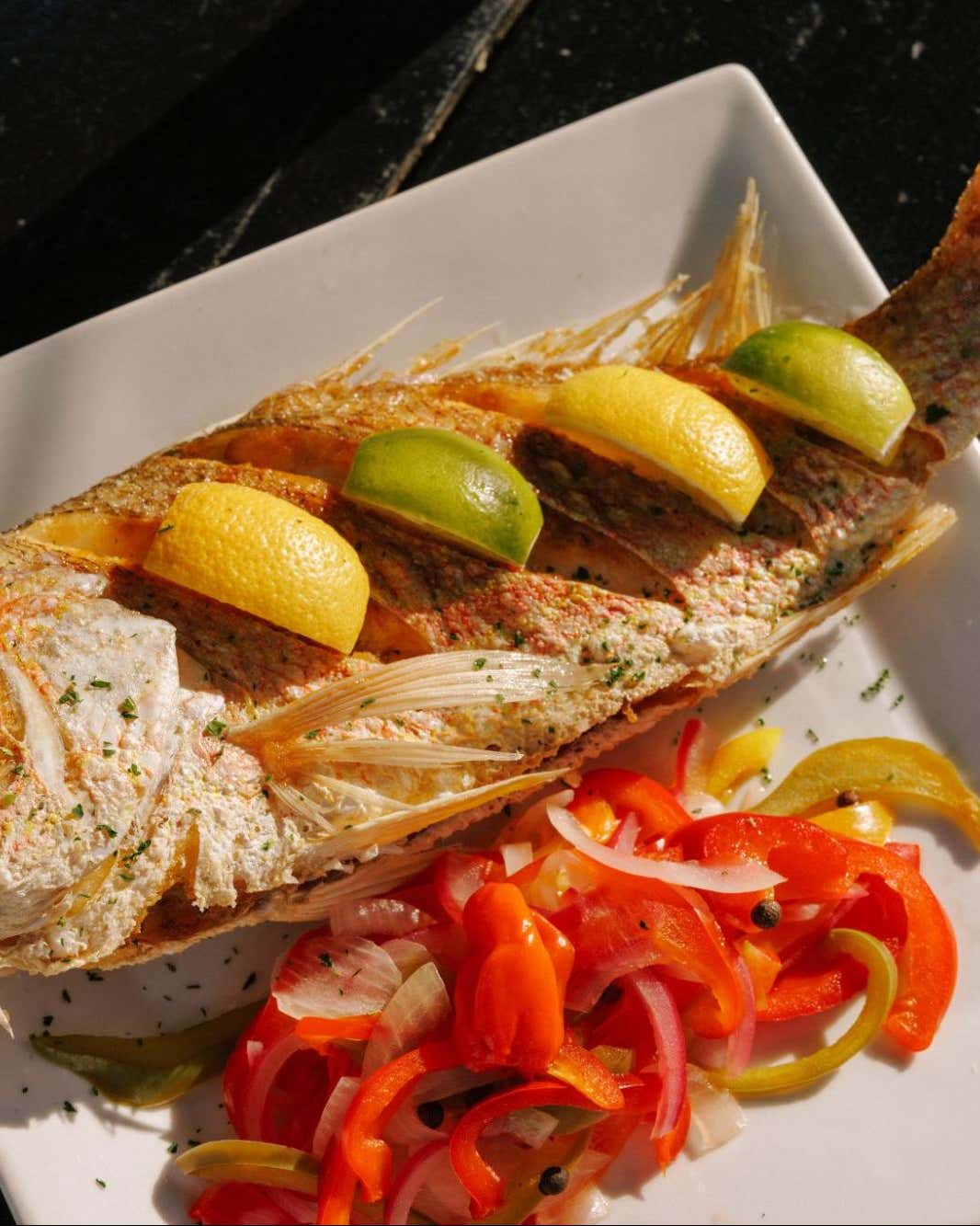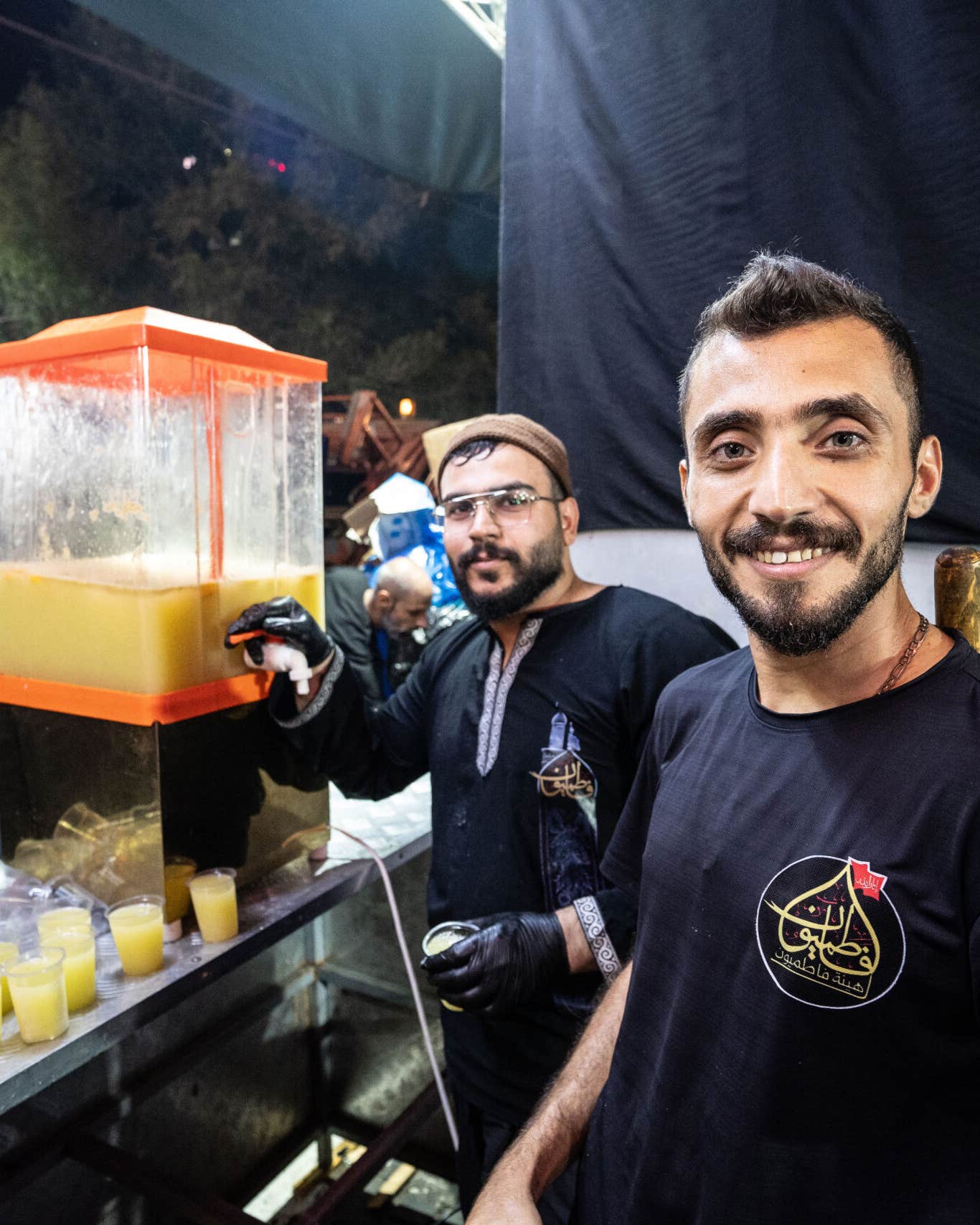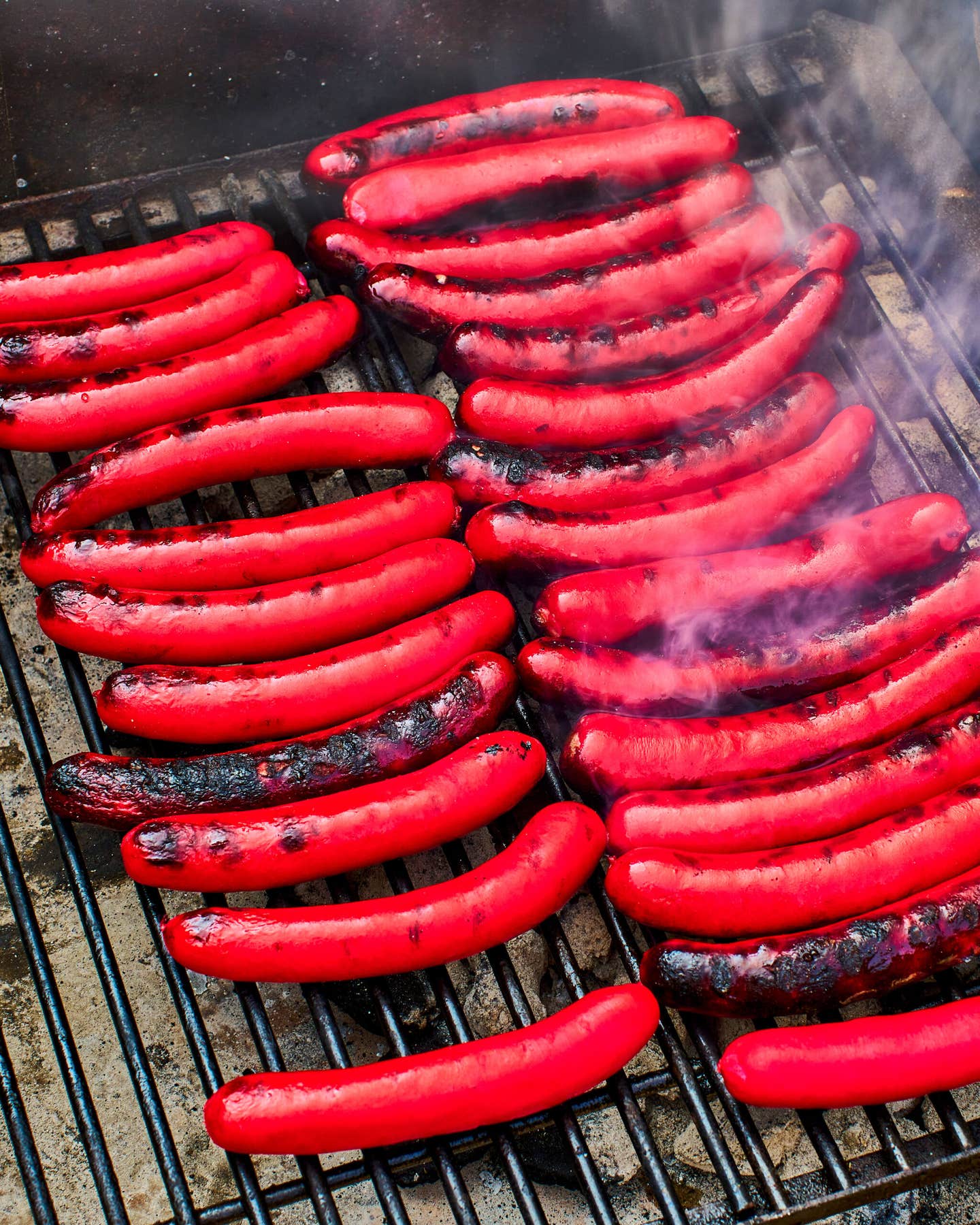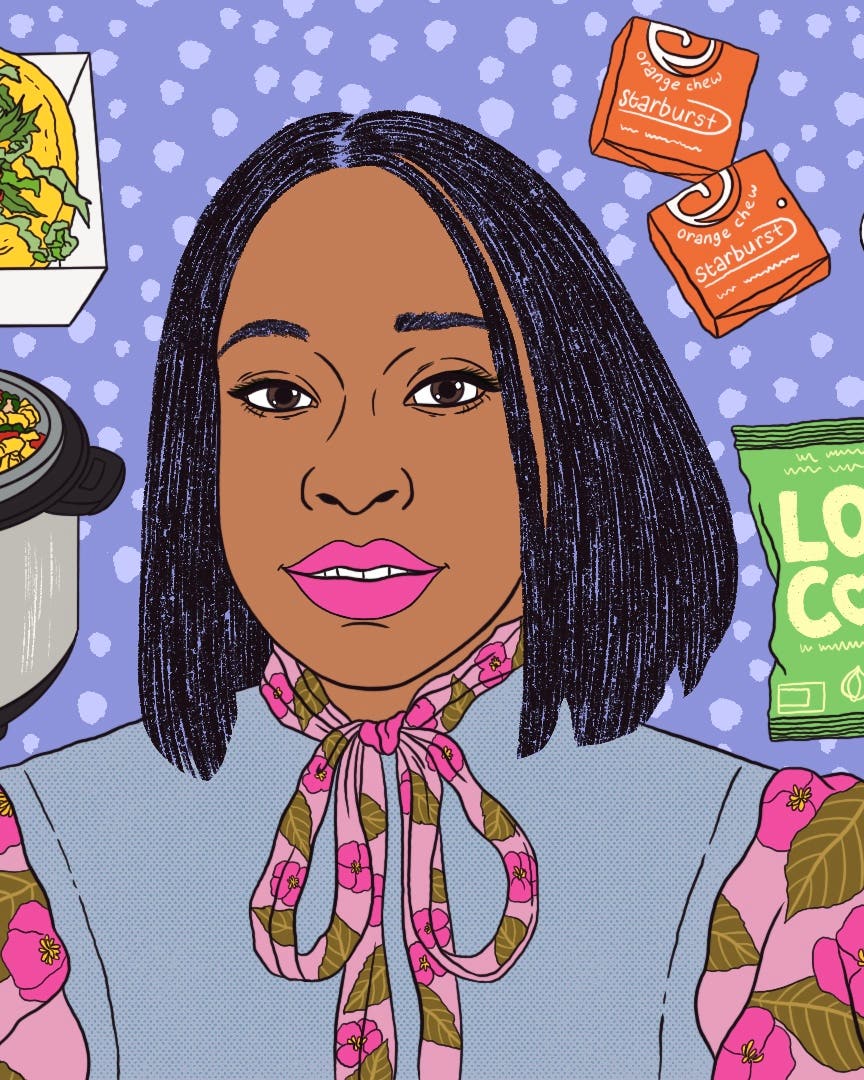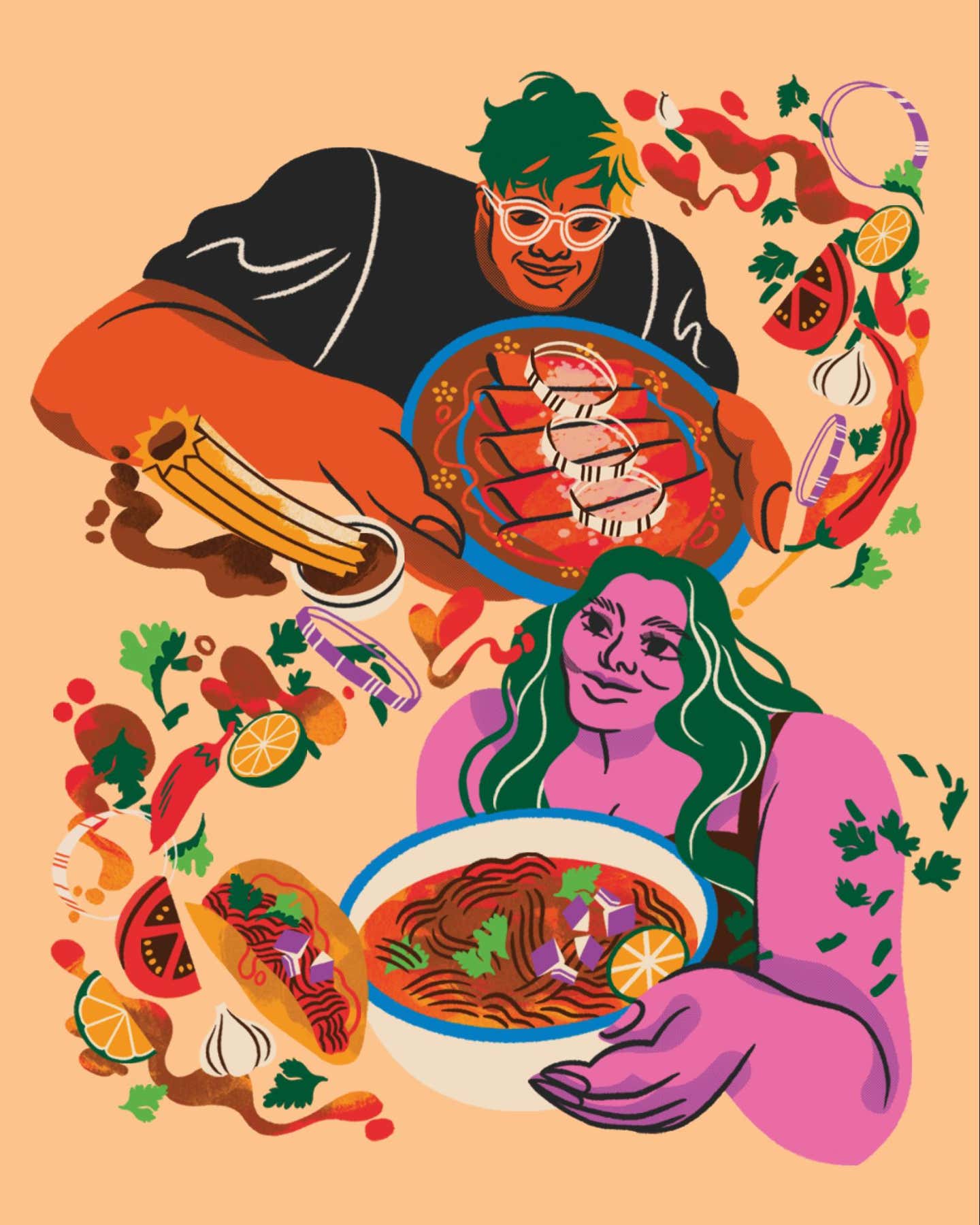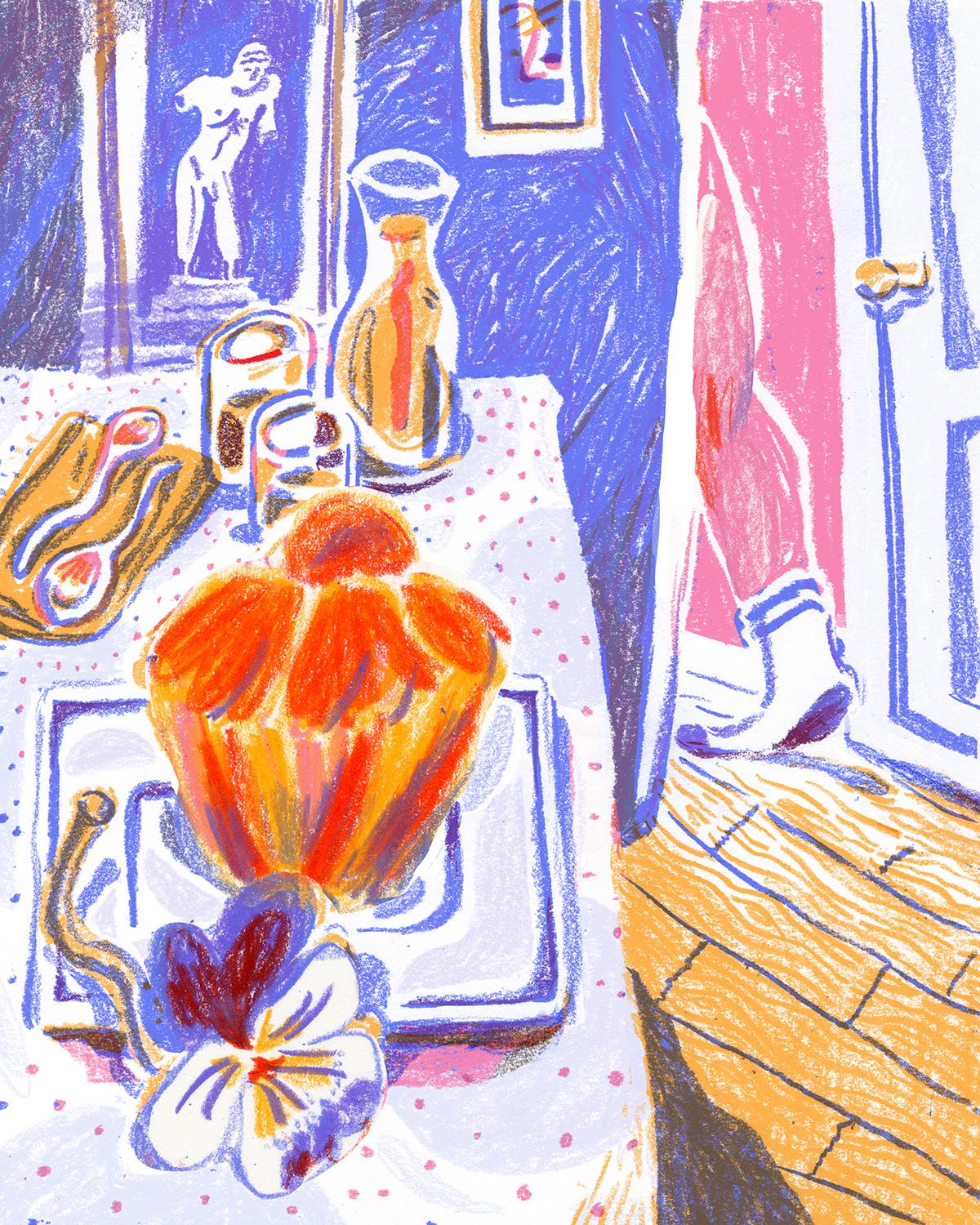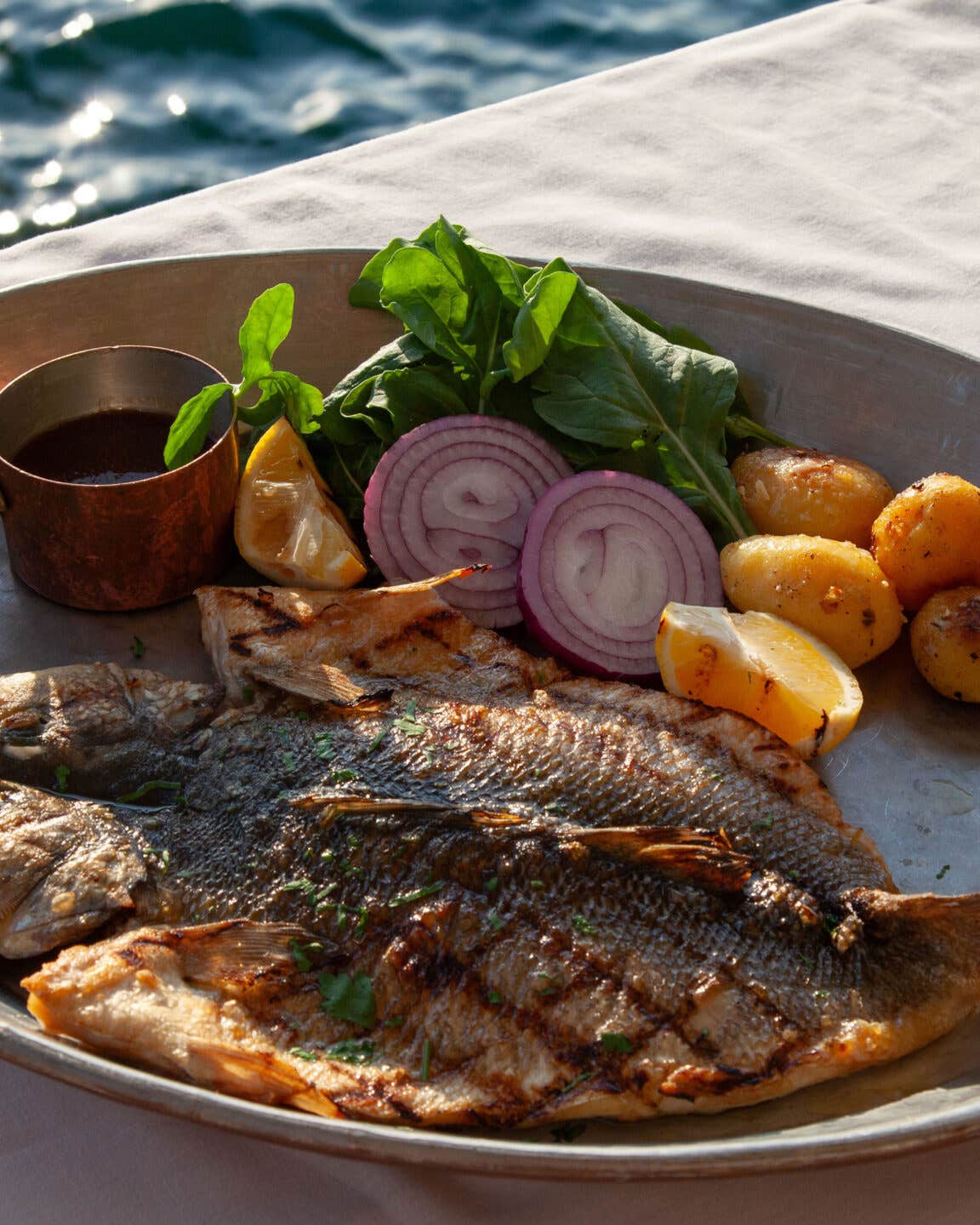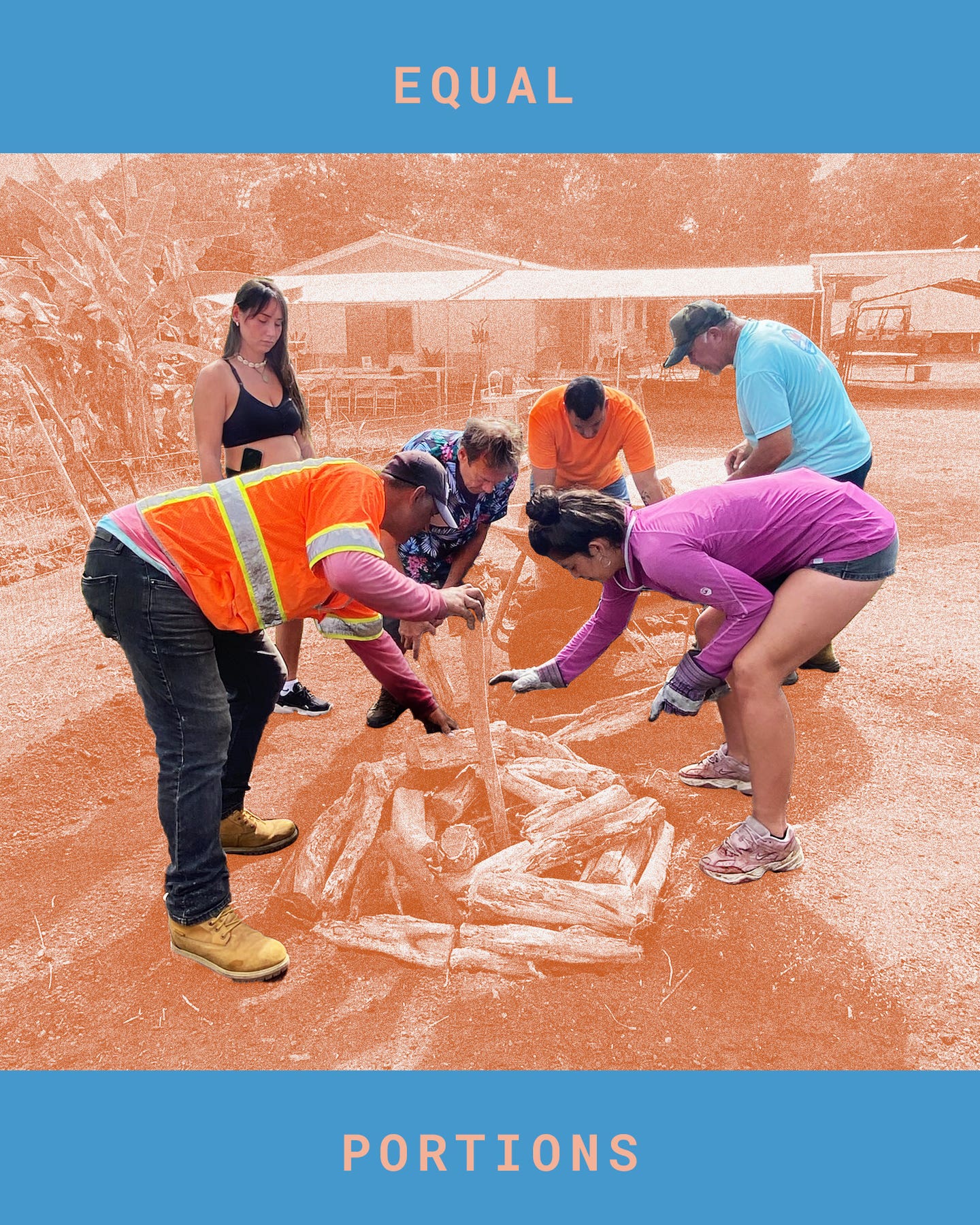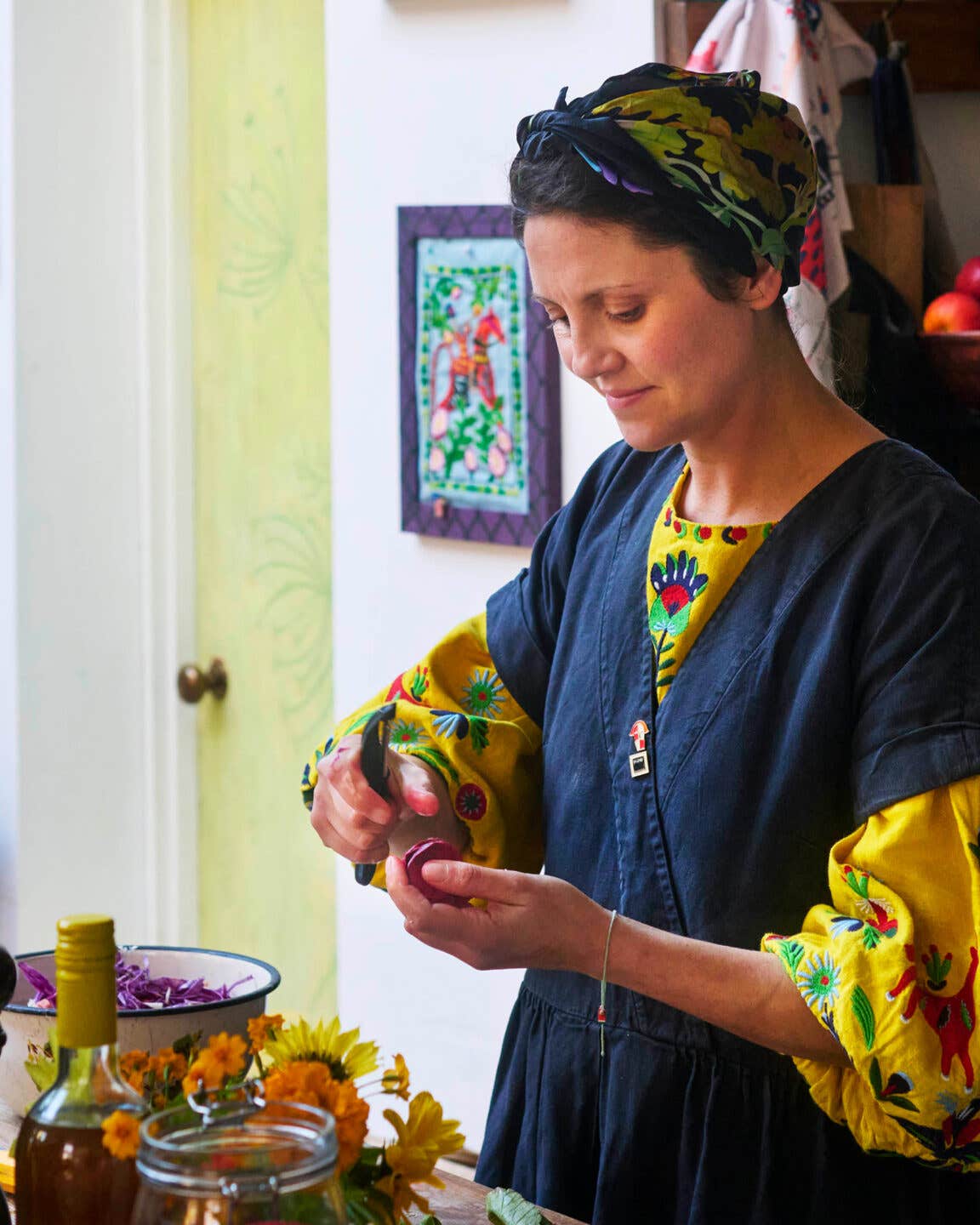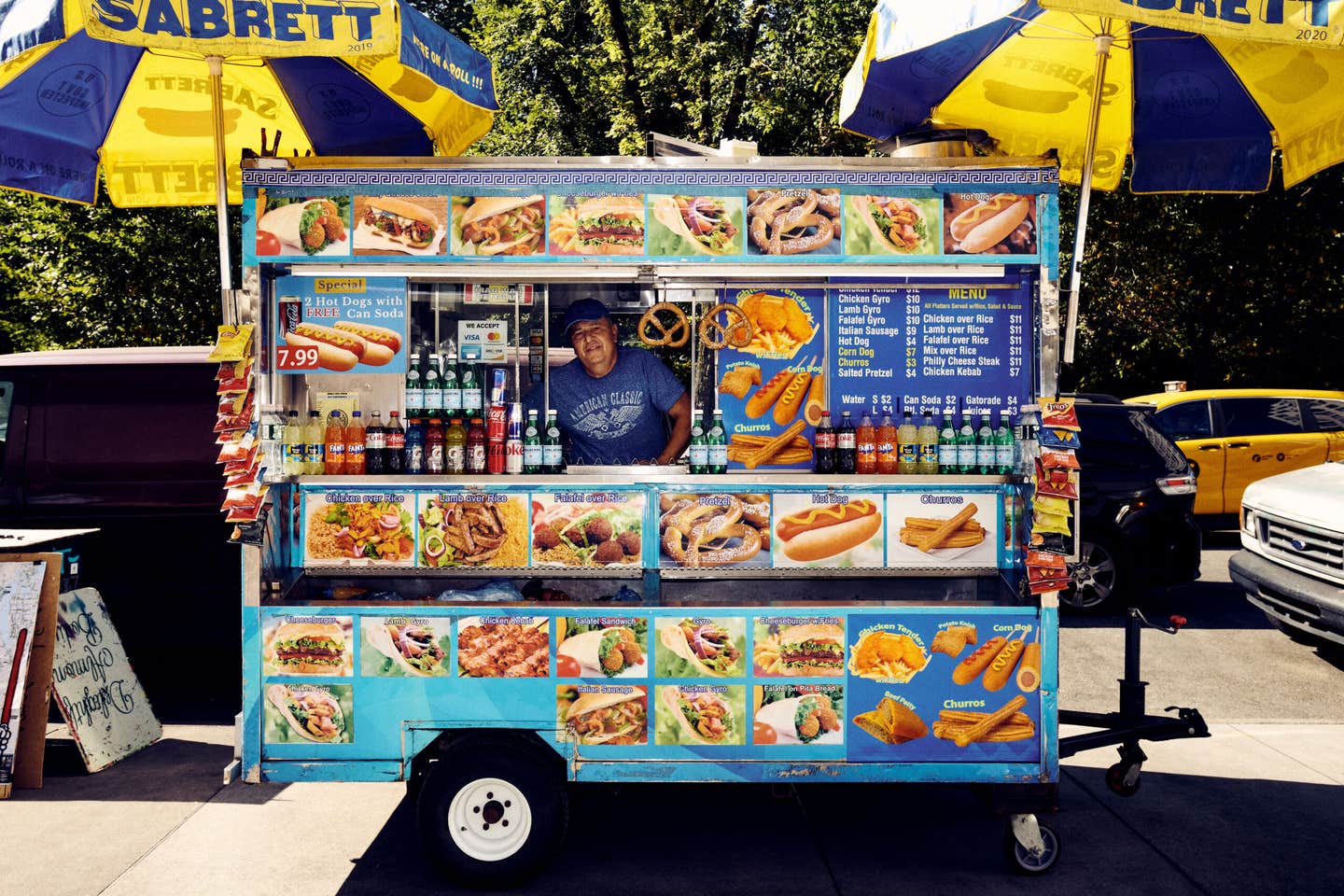This New Food-Centric Cruise Goes Deep Into the Amazon
In Brazil, Kaiara’s rainforest itineraries put local ingredients and makers front and center—and encourage low-impact tourism along the way.
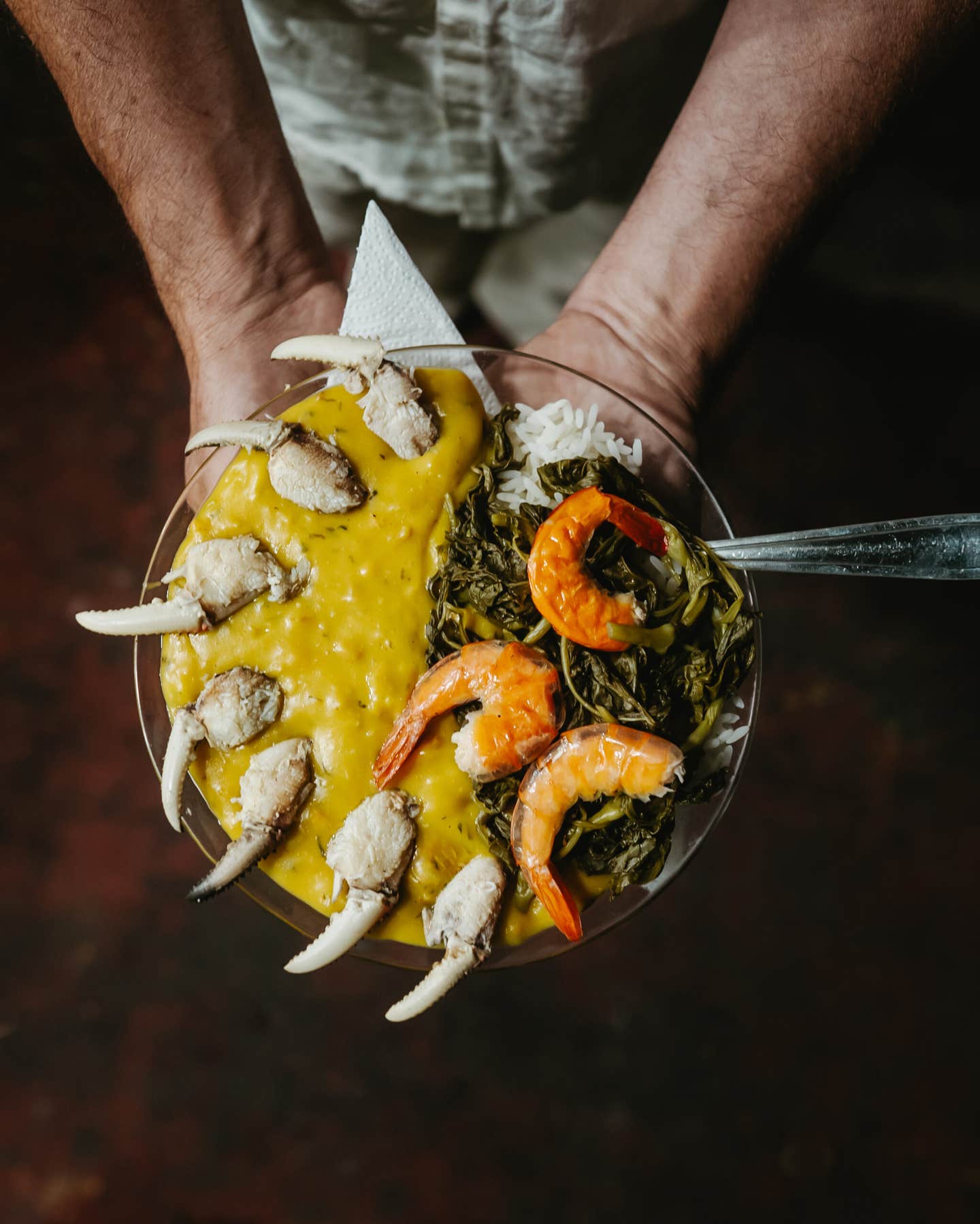
I’m at dinner on a boat in the heart of the Amazon, and my mouth is tingling as if the anaesthetic has just worn off after a visit to the dentist. This, I’m told, is part of the joy of eating tacacá, a tangy manioc soup made with salted shrimp and an herb called jambu whose stimulating properties and tongue-numbing effects are a touchstone of Amazonian cuisine.
In a globalized world, encountering ingredients and flavors that surprise the palate is increasingly rare—and something of a luxury for any food lover. That was my takeaway from a five-day journey along the Tapajós river with Amazon cruise company Kaiara, the brand-new initiative from Brazilian travel expert Martin Frankenberg.
This is not your average culinary cruise: Kaiara ventures deep into the rainforest, bringing travelers in touch with local communities and their extraordinary foodways. Frankenberg hopes this kind of engaged, low-impact tourism will encourage economic alternatives to the depredations of logging, mining, and soy farming, the main sources of income in the area.
In the riverside town of Santarém I boarded the Tupaiú, a vintage river yacht (one of three in Kaiara’s fleet) with wood-paneled cabins and open-sided dining areas fanned by the breeze. The eight-strong crew included chef Socorro da Silva and sous-chef Naiana (her daughter), whose cooking is based on Amazonian ingredients including freshwater fish like giant pirarucu (which da Silva roasts in a Brazil nut crust); endemic fruits like the tart, appley taperebá and cupuaçu, with its curious acetone-like overtones that dissipate in da Silva’s homemade sorbet.
The Tapajós is so wide it seemed more like an inland sea. In the afternoons, as the boat chugged gently downriver, I fished for piranhas, which later became dinner. I still crave that firm, flavorful meat enhanced by a sizzle in the frying pan. At nightfall we moored beside beaches of dazzling white sands and clear blue water in time for sundowner caipirinhas, made either classic (with lime), with cupuaçu, or—for a cocktail my taste buds won’t soon forget–with that tingly jambu.
By day, shore excursions and workshops (nothing too academic) enlightened us about ancestral forest crops like manioc and cacao—and how they can be farmed sustainably.
Another highlight was the botanical walk with healer Raimunda de Sousa of the Atodi community. For her, and many Amazonians, the rainforest serves as a larder, spice rack, and medicine cupboard. As we strolled the forest path, de Sousa reached up to pluck a shiny black seed known as cumaru. She placed it in my hand, and I took a whiff. It smelled as voluptuous as vanilla and was much used, she said, in local preserves and desserts. Then there was a rock-hard nut called babaçu whose oil had powerful medicinal properties.
The babaçu sometimes came with a surprise inside: a small white grub. "And this," confided de Sousa with a smile, "is a delicious thing to eat."
Keep Reading
Continue to Next Story
